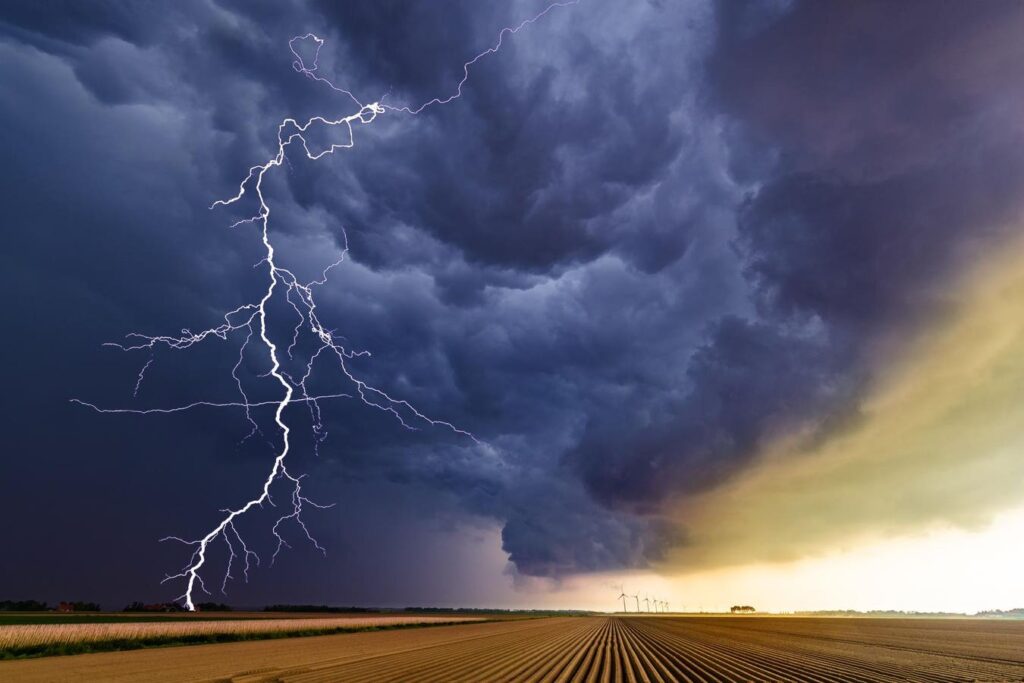David Tobias, GM of insurance at Nearmap, is a 20-year insurance veteran with expertise in comprehensive insurance products and solutions.
Severe weather events are a constant reality for insurers, but their intensity can vary dramatically from year to year. 2024 served as a stark reminder of this volatility. Hurricanes Milton and Helene tore through the southeastern U.S., causing billions in damages, while the Midwest endured an above average outbreak of 1700 tornadoes.
We can’t prevent these major catastrophic (CAT) or micro-CAT events from happening. But we can be smarter about how we prepare, predict and mitigate future losses more effectively. One way insurers can achieve this is by adopting AI technologies like computer vision. These tools can make a significant impact on how insurers manage risk, assess properties, support policyholders and weather future storms.
A Reactive Vs. Proactive Mindset
P&C insurance is a traditionally reactive industry. Claims are often filed many days after a storm, as adjusters are unable to reach damaged properties, and insurers lack a clear or recent view of conditions on the ground. This also results in costly, time-intensive processes and frustrating delays for policyholders, who may face prolonged recovery periods or even the loss of their homes.
However, tools like computer vision are available today to help shift the industry toward proactive risk management.
Computer vision, a subset of AI, uses machine learning models to interpret and analyze visual information from imagery. Applied to high-resolution aerial imagery, it offers insurers a clear and accurate view of property conditions. This can analyze attributes like roof damage, flooding or wind vulnerability, across entire portfolios. For example, a powerful AI system can assess over 100 attributes of a property—from damaged shingles to potential wildfire paths—flagging risks early. This capability is particularly invaluable when managing multiple statewide disasters simultaneously.
Managing Future Storms
Major catastrophic (CAT) events like hurricanes make major headlines, but micro-CAT events—such as hail or wind storms—are equally disruptive. Regardless of what 2025 has in store, AI-powered tools will be crucial for real-time property assessments and better support for policyholders.
Here’s how AI will help:
1. Before the Storm: Computer vision models will enable insurers to identify property vulnerabilities, such as aging roofs or hail risks, before an event. Carriers can then communicate preventive measures to policyholders, potentially reduce losses or prevent the severity of a future claim.
2. After the Storm: Post-event imagery analyzed by AI will allow insurers to quickly assess the scope of damages, prioritize claims and expedite recovery efforts to the insureds—within 24-48 hours of the event. This proactive approach will not only improve response times but strengthen policyholder trust during critical moments.
3. Expanding Insurability: With the escalating frequency and intensity of weather events, many regions are being deemed “uninsurable.” AI-driven insights will reverse this trend by allowing insurers to perform granular risk assessments. Instead of excluding entire regions, insurers can identify individual properties that remain viable for coverage, even in traditionally high-risk areas.
Resilience Building
AI technologies are no longer optional for achieving operational excellence—they are essential. That said, not all technologies are created equal, and as I have written about before, insurers should be discerning about their partners and solutions. The integration of aerial imagery, predictive analytics and computer vision drives better efficiency and improves combined ratios in today’s challenging environment.
2024 simply reinforces the need for this shift across the industry. As we look to 2025, insurers should consider adopting tools to help them adapt to emerging challenges. With the right technologies and partnerships, we can change how the insurance industry addresses weather risk and delivers value to customers for the better.
Forbes Business Council is the foremost growth and networking organization for business owners and leaders. Do I qualify?
Read the full article here











